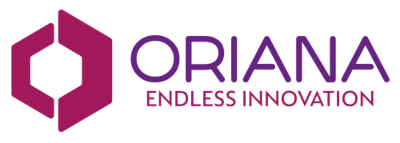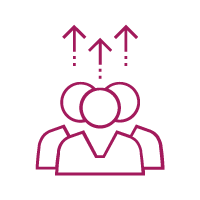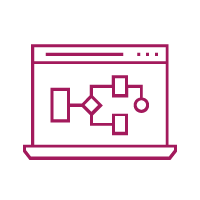End-to-end back office digitalization
on a single platform
We leverage the latest technologies to create innovative applications that will change the way you do business. Our low-code/ no code solutions are designed to be easily implemented, supporting your back office digitalization journey with digital workflows, use cases and ready to use applications. Whether operating in the private or public sector, Oriana offers highly scalable products to unlock your potential of digital process automation.
Widen your horizon as we work towards a value-fueled tomorrow.
Endlessly.
Our Back Office Management Solutions
Choose from our solutions based on your company’s needs.
Your trusted partner for back office digitalization
Explore an innovative suite of solutions that keeps-pace, integrates and scales-up in line with the demands of endlessly evolving businesses and processes across the globe.

Alex McDonnell
“Expertivity strongly endorses and promotes the Oriana Low-Code Platform as an emerging technology to support case management processes as complementary to core applications.”
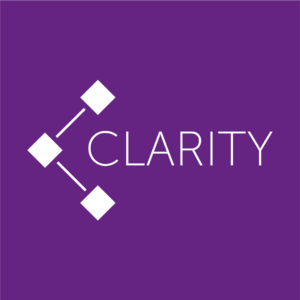
Péter Lackó
“We’ve chosen Oriana as a low code partner to transform our core competency in the public procurement processes to a comprehensive, repeatable workflow solution with a short time-to-market approach.”

András Sudár
“We used the Oriana Low-Code Platform to complement the capabilities of core systems by utilizing the process and task management features. This secures a more strategic position for Aloha within its customer base.”
Three ways to engage
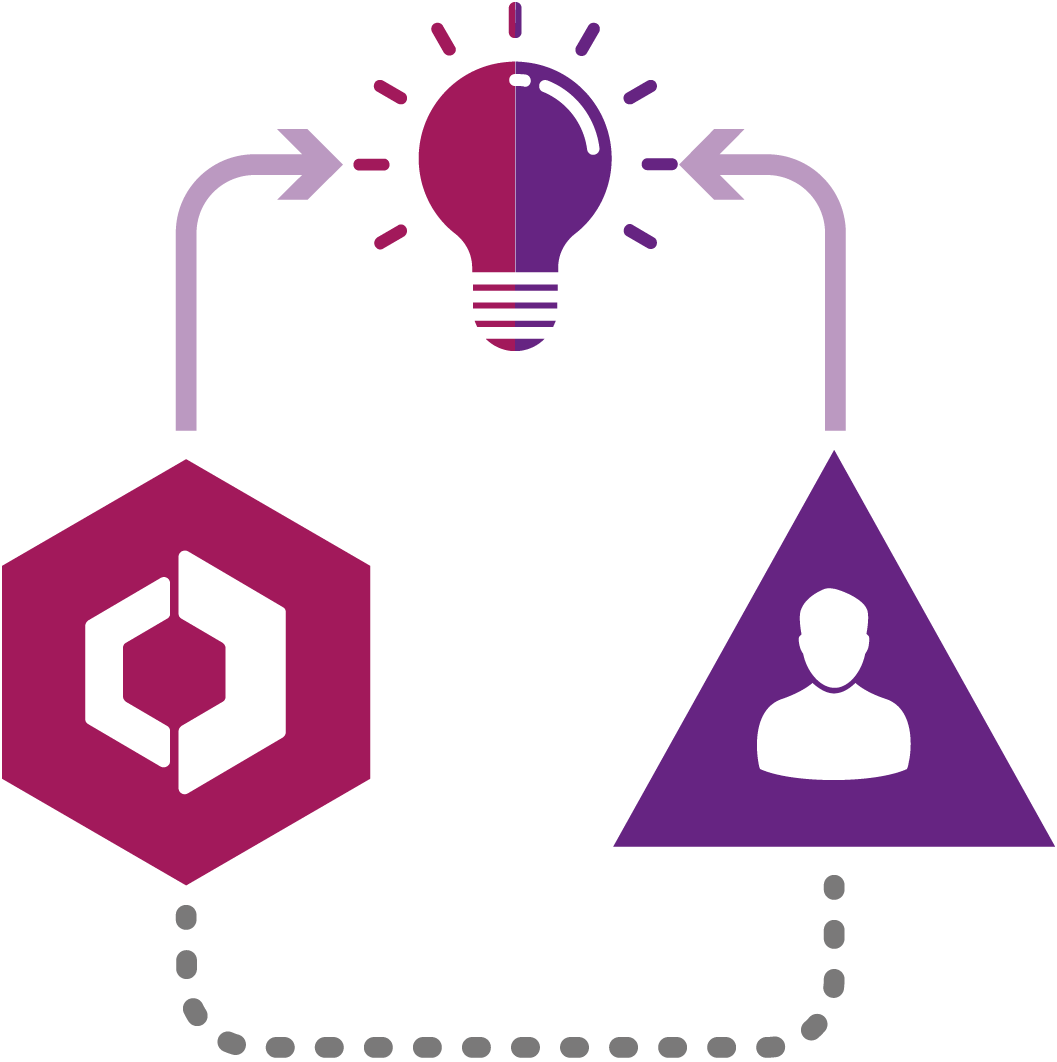
We can do it with You
Rely on the Oriana Team to help guide your company to fully leverage the power of the Oriana platform, educating your development teams to be fully enabled for future development work.
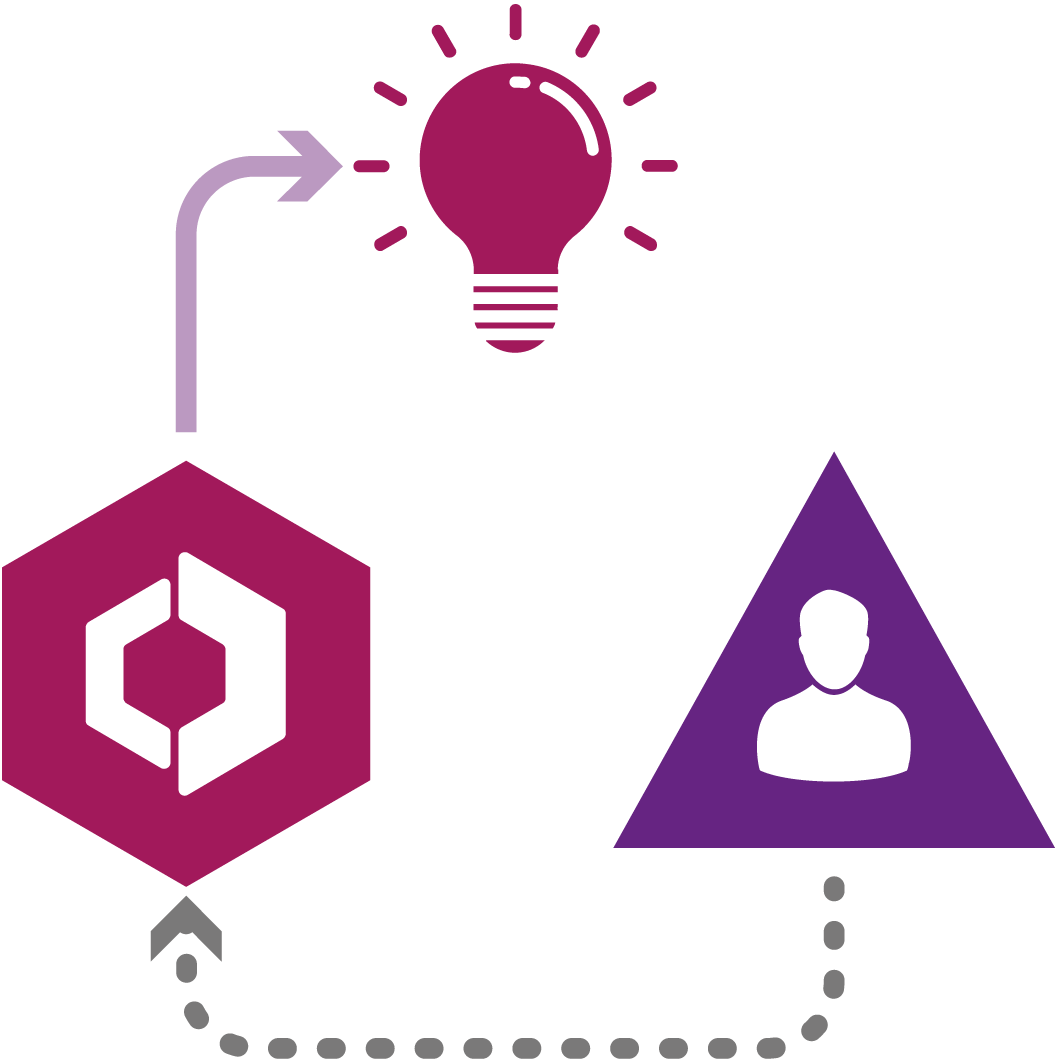
We can do it for You
If your organization needs a custom back office app but lacks development resources, Oriana’s multi-functional development teams can design, develop, and deploy custom built apps on the Oriana platform in a fraction of the time needed for traditional development projects.
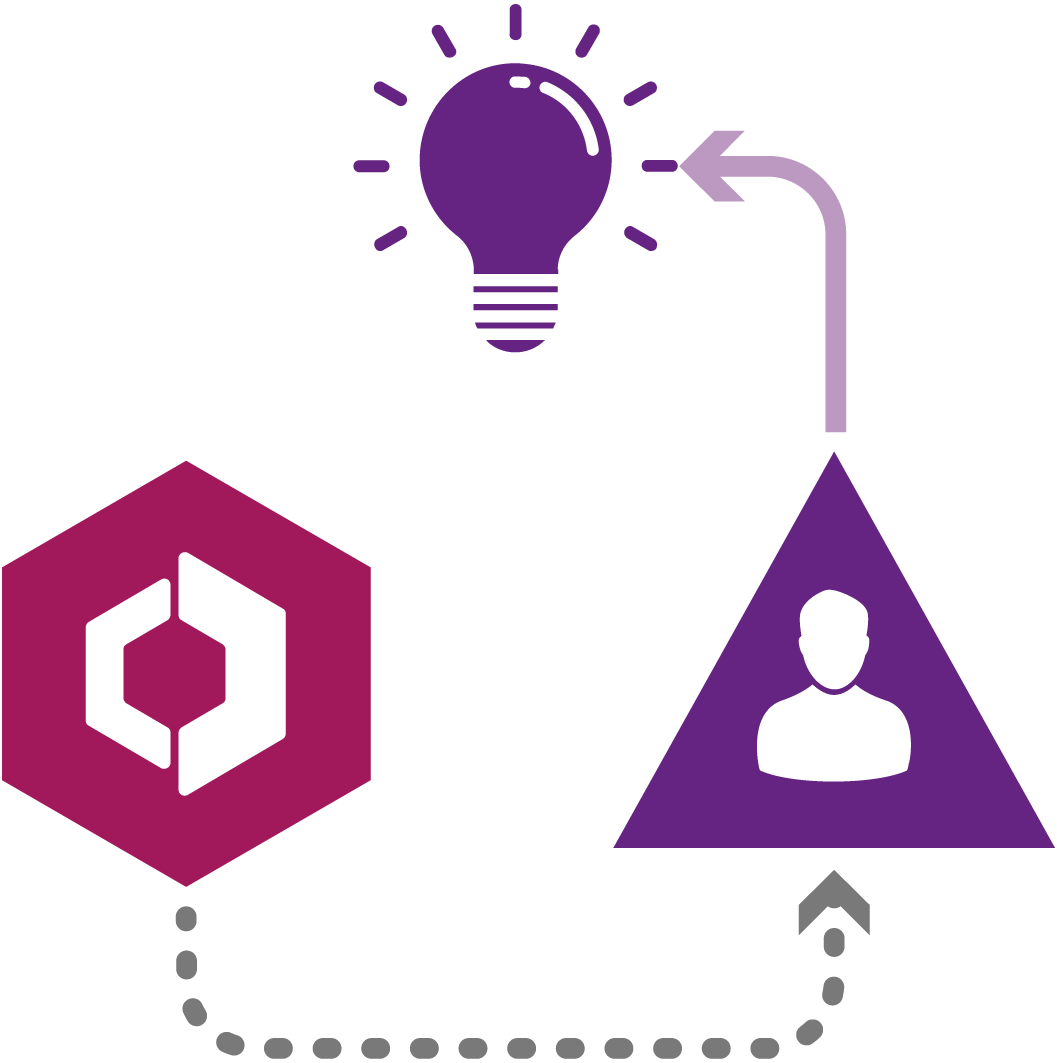
You can do it Yourself
With Oriana’s easy-to-use platform, your development teams can get started creating back office apps with Oriana supplying best in class support.
Oriana Partner Program
We at Oriana are 100% Partner focused at the evergrowing field of digital process automation. Our back office Platform offers a scaleable solution for a diverse range of business needs.
